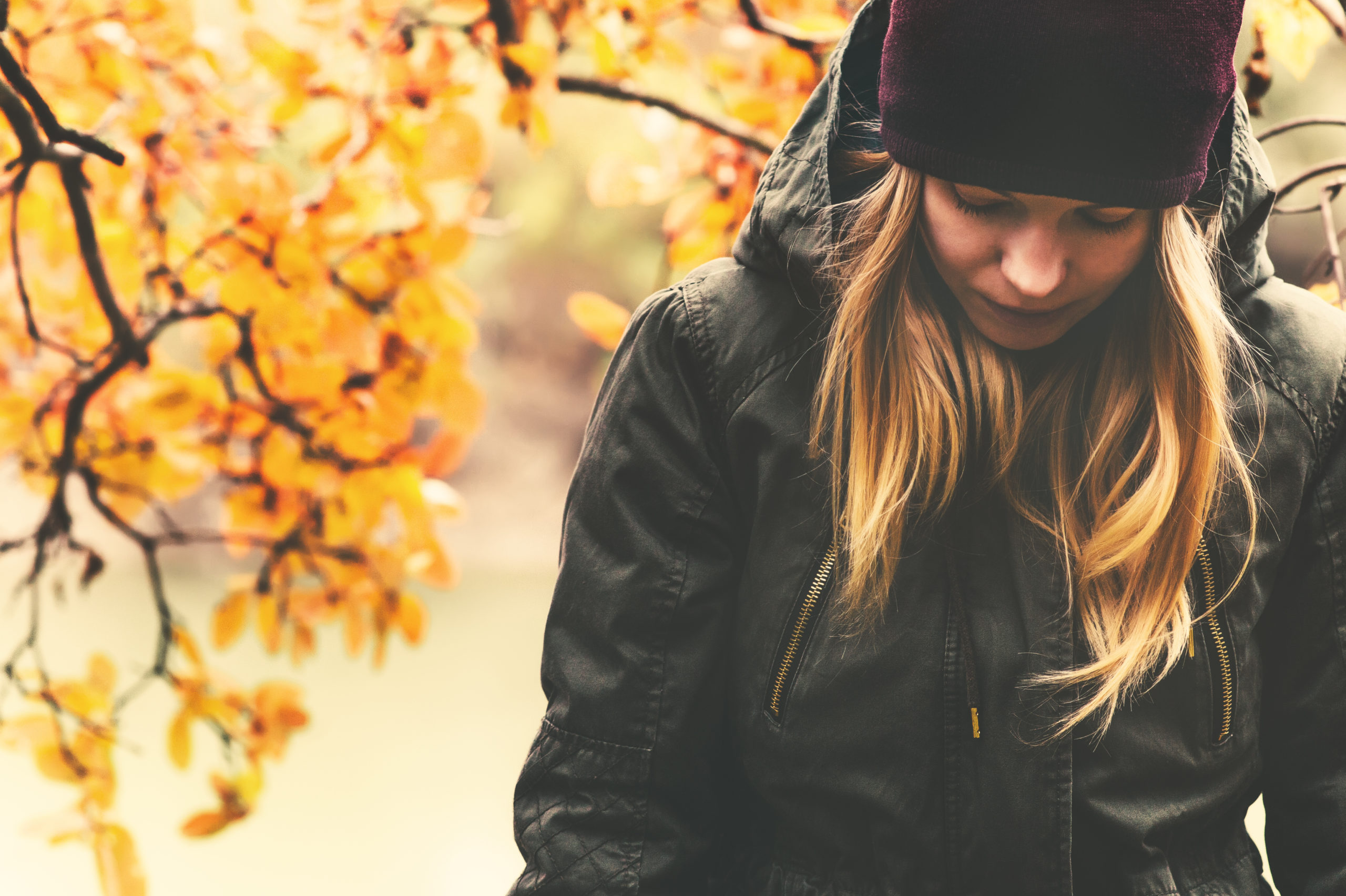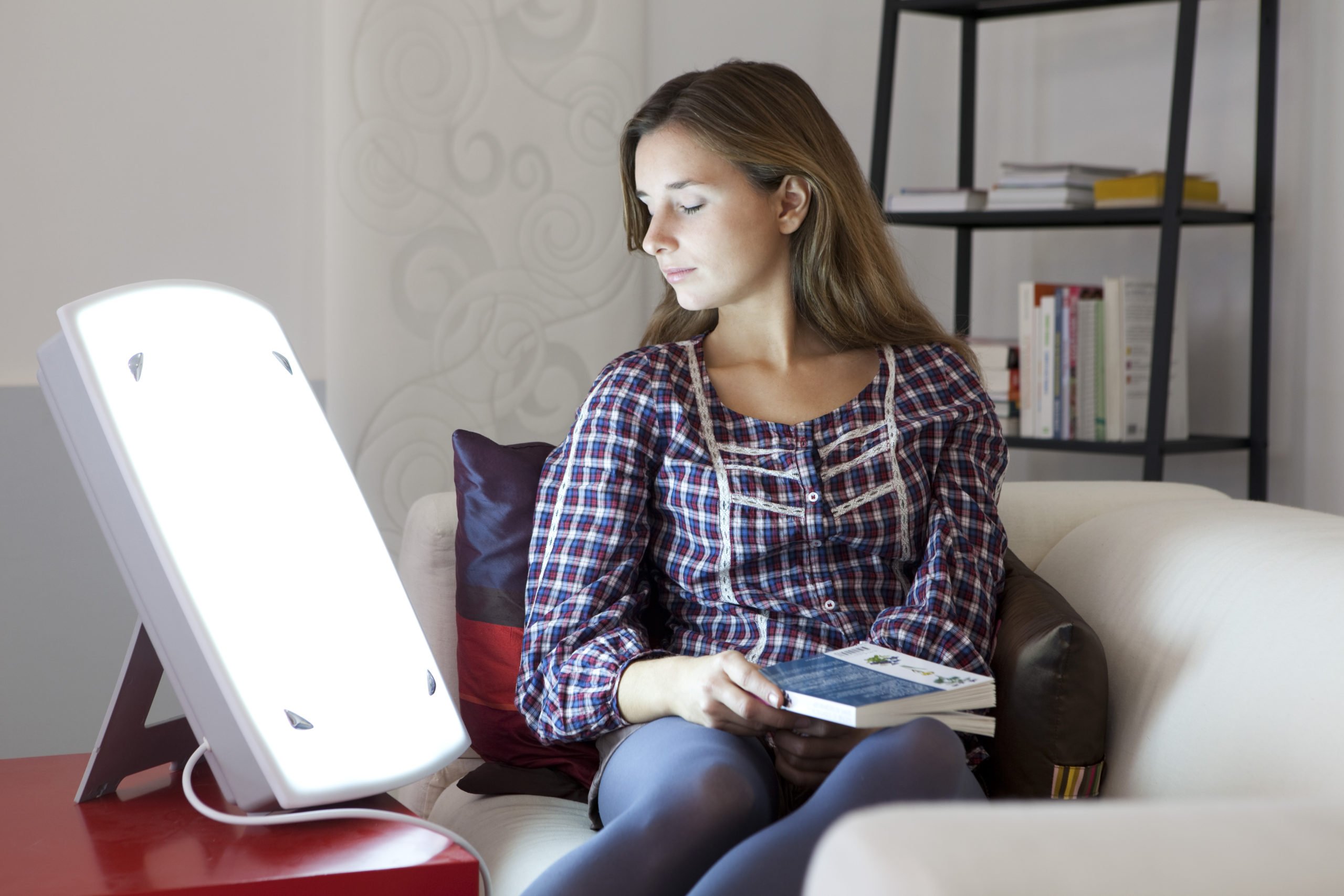This blog is very personal to me, because until I was fortunate enough to move to California, I suffered pretty severely from seasonal depression, or SAD (Seasonal Affective Disorder). And I want my readers to know, I’m not just saying this for the purpose of this blog. This is me, real and raw.
Being born in Chicago, I’m sure I don’t need to tell you about the winters there. It would drop ten below zero at times, and even during a “good” winter, it’s always pretty darn cold. I’ll admit that living in California has made me somewhat of a sissy (when it drops to 65 I find myself complaining 😂), but it has also made me grateful to have overcome seasonal depression, and develop life-long skills to cope with it.
Even during the summer months in Chicago, which I looked forward to all winter season, it was still overly hot and muggy. AKA not hair approved—Ha! But the real struggles came in the winter, when I would find myself sleeping the majority of the day, feeling sad, lethargic, and even unable to perform regular daily activities.
My case in particular was severe, but I am writing this blog for anyone who is experiencing even the slightest feelings or signs of seasonal disorder, and while I’m no doctor, I hope the tips and tricks that I have learned throughout my own personal experiences, and the advice from my doctors, can shed even just a little bit of light into your mood.
Because of my symptoms of seasonal depression, my doctor suggested possibly moving out of Chicago. Something I wanted to do anyway, but hearing that made my journey even more certain. I applied to graduate schools out here in California, and got in! Since then, I have put my learned practices in place for SAD, and try to help anyone I can who is also experiencing seasonal disorder, especially my childhood friends still in Chicago!

What Is Seasonal Depression / Seasonal Affective Disorder (SAD)?
Before we begin, I must advise anyone who is reading this to please seek professional help if needed. I am by no means trying to replace the professional advice of any medical doctor or professional.
So, think you might be experiencing seasonal disorder, but unsure of what exactly it means? SAD (seasonal affective disorder) is a type of depression that is directly affected by changes in the season. (1)
Causes Of Seasonal Depression
Most often than not, seasonal depression starts in the fall months and carries throughout winter. Have you ever heard of the saying, “winter blues”? Well, that’s why!
Under my normal blog circumstances, I would give you a nice, clean, bulleted list of causes. However, in this case, there is truly only one culprit here—the seasons! Hence the name seasonal depression of course! This is true in most cases, but there are reasons for these mood changes caused by SAD, which I’ll list out below. I know I teased you into thinking you wouldn’t get a fun bulleted list, but, I am who I am.
- The seasons: Seasonal disorder tends to occur during the fall and winter months, as it becomes cooler and the sun sets earlier. However, SAD can also occur for some in the spring and summer months.
- Serotonin levels: Seasonal depression can occur when there is a drop in serotonin levels. Serotonin is a brain chemical that affects mood. (2) Less sunlight in the fall and winter months can drop serotonin levels and cause SAD.
- Melatonin levels: Changes in the season can affect the body’s melatonin levels. Your brain produces melatonin in response to darkness, and plays a role in your mood and sleep patterns. (3)
- Family history: Those with a family history of depression and/or SAD may be more likely to have seasonal disorder.
- Living far from the equator: Because those who live farther from the equator experience less sunlight, seasonal depression may be more common in these areas.
- Having depression: Those who have depression may experience worse symptoms seasonally.

SAD Symptoms
There are many symptoms of SAD, however please keep in mind that not everyone experiences each of the symptoms. These are the most common symptoms of seasonal depression: (4)
- Feeling sad and/or depressed the majority of the day
- Changes in appetite or weight
- Social withdrawal
- Feeling lethargic, sluggish, or sleeping a lot
- Low energy
- Feelings of worthlessness or hopelessness
- Losing interest in activities you’ve enjoyed before
How To Overcome Seasonal Depression
If you or someone you know is in distress or is in danger, please seek professional help immediately.
1. Psychotherapy
Cognitive behavioral therapy, or talk therapy, can help people learn how to cope with the feelings and symptoms of seasonal depression. Your doctor can also determine if you are a good candidate for medication, or antidepressants.
2. Light therapy
Light therapy can be used to help treat SAD, as it exposes people to bright light everyday in order to make up for the lack of sun in the fall and winter months. There are also seasonal depression lamps that you can purchase to get more light.
3. Eat more micronutrients
Taking care of your general health and wellness like exercising and eating right can help with seasonal disorder. Adding greens and superfoods into your diet, like those in Skinny Greens, is a great way to fuel your body and help the mind when experiencing SAD.
The Bottom Line
Seasonal depression can take a toll on your daily life, and even make it difficult to function. Understanding and recognizing the symptoms of SAD can help you create a plan to overcome them, and as always, please seek professional help if your symptoms become extreme. Even if you don’t feel that your symptoms are extreme, talking to someone about how you’re feeling is always a great way to learn new coping skills. P.S. you’re not alone. ❤️
